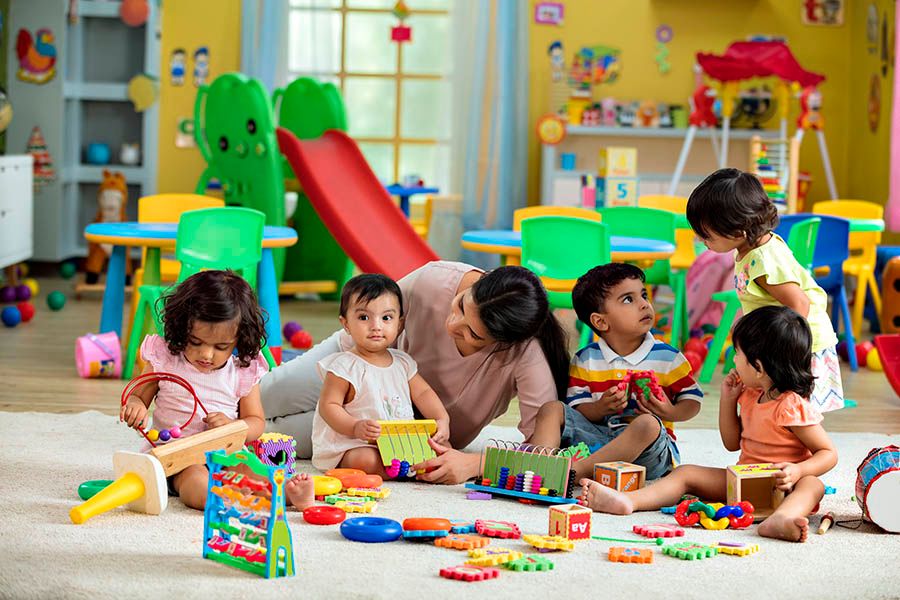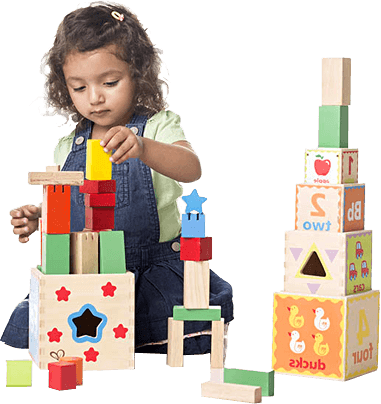
Stages of Child Physical Development
Unveiling the Wonders: Exploring the Stages of Child Physical Development
Introduction:
From the first adorable kick in the womb to those wobbly first steps, a child's physical development is a marvel to witness. Understanding the stages of child physical development not only enables parents and caregivers to appreciate these milestones but also helps ensure a nurturing environment for optimal growth. In this blog, we'll delve into the various stages of physical development, from infancy to adolescence.
Infancy (0-2 years):
Motor Skills:
Gross Motor Skills: Infants start by developing basic movements such as head control, rolling over, and crawling.
Fine Motor Skills: Grasping objects, exploring with fingers, and eventually mastering the pincer grasp are key milestones during infancy.
Sensory Development:
Vision and hearing continue to refine, and infants become more responsive to stimuli in their environment.
Tactile exploration, such as feeling different textures, contributes to sensory development.
Early Childhood (2-6 years):
Gross Motor Skills:
Running, jumping, and climbing become part of a child's daily activities.
Coordination improves, allowing for more controlled movements like kicking a ball or riding a tricycle.
Fine Motor Skills:
Improved hand-eye coordination enables activities like drawing, cutting with scissors, and simple puzzle solving.
Development of the pincer grasp allows for more precise manipulation of objects.
Sensory and Cognitive Development:
Enhanced sensory perception contributes to cognitive development.
Imaginative play becomes a significant part of a child's daily routine.
Middle Childhood (6-12 years):
Gross Motor Skills:
Improved coordination leads to participation in organized sports and more complex physical activities.
Refinement of motor skills allows for increased agility and flexibility.
Fine Motor Skills:
Writing becomes more fluid and controlled.
Continued development of fine motor skills supports activities like playing musical instruments or engaging in arts and crafts.
Sensory and Cognitive Development:
Cognitive abilities advance, enabling more complex problem-solving and abstract thinking.
Refinement of sensory perception contributes to increased awareness and understanding of the environment.
Adolescence (12-18 years):
Gross Motor Skills:
Puberty brings physical changes, including growth spurts and changes in muscle mass.
Specialization in sports and physical activities may occur as interests become more defined.
Fine Motor Skills:
Continued refinement in fine motor skills supports academic tasks and hobbies.
Development of coordination and precision reaches maturity.
Sensory and Cognitive Development:
Abstract thinking and reasoning abilities continue to evolve.
Adolescents become more self-aware and develop a deeper understanding of their own bodies and physical capabilities.
Conclusion:
Understanding the stages of child physical development is not about comparing one child to another but recognizing and celebrating the unique journey each child takes. As parents and caregivers, providing a supportive environment that encourages exploration and embraces individual progress is key. By appreciating and nurturing physical development at each stage, we empower children to embark on a lifelong journey of health, well-being, and self-discovery
child development,kids development ,new mom,child health



